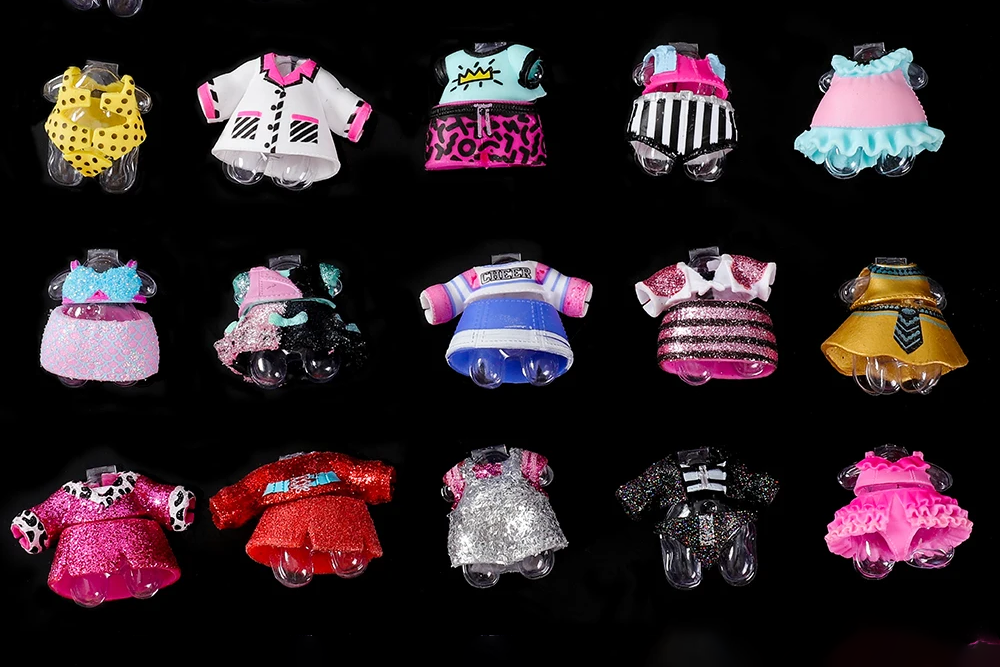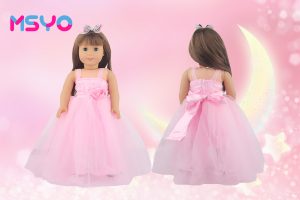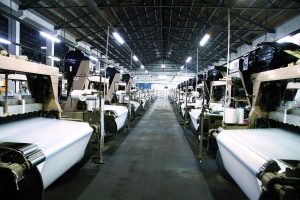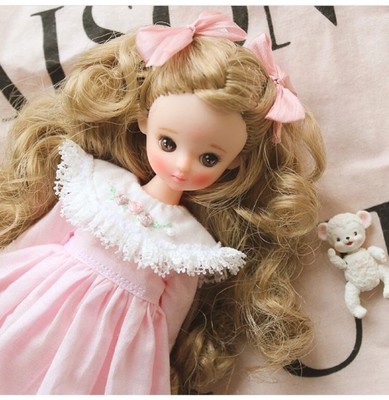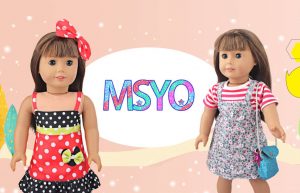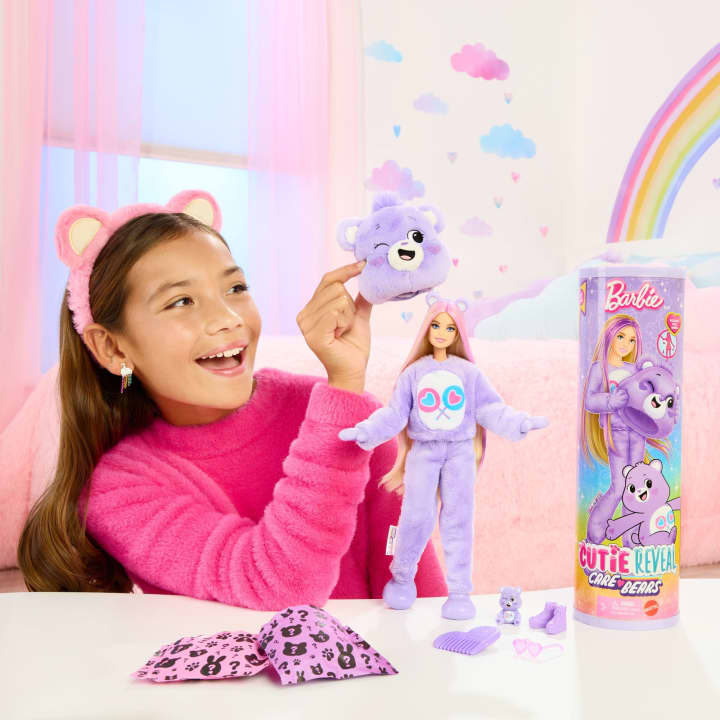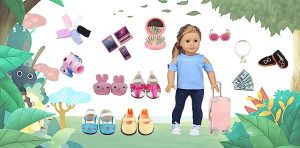The process of making doll clothes is a meticulous and creative one, involving several steps such as design, material selection, cutting, sewing, and final decoration. Here is a basic outline of the steps involved in doll clothes production
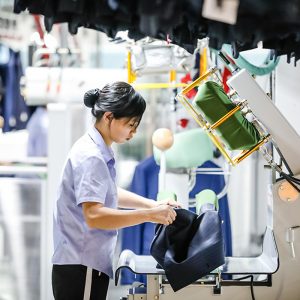
Doll Clothes Production Process:

Design Phase: Initially, designers create a design based on the doll’s style and the customer’s requirements. This may include sketching, selecting styles, and color coordination.
Material Selection: Appropriate fabrics and embellishments are chosen according to the design requirements. The selection of fabrics should consider texture, color, and durability.
Pattern Making: Designers create patterns based on the doll’s measurements. Patterns are flat templates for clothes that guide the cutting of fabric.
Cutting Fabric: Using the pattern as a guide, the required pieces of fabric are precisely cut out.
Sewing: Following the pattern’s instructions, the fabric pieces are sewn together. This may involve either hand sewing or using a sewing machine.
Detailing: After the basic shape of the garment is complete, detailing is carried out, such as adding buttons, zippers, lace edges, or other decorative elements.
Fitting and Adjustment: The clothes are tried on the doll to check for a proper fit, and adjustments are made as necessary.
Final Inspection: The finished garment is given a final check to ensure there are no loose threads, sewing errors, or other defects.
Packaging: The completed garment is carefully folded or hung and packaged with appropriate materials to protect it during transportation.
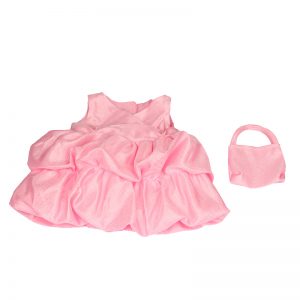
Throughout the entire production process, designers need to continuously pay attention to detail to ensure the quality and aesthetics of the clothes. In addition, making doll clothes also requires certain sewing skills and an understanding of fashion trends.


